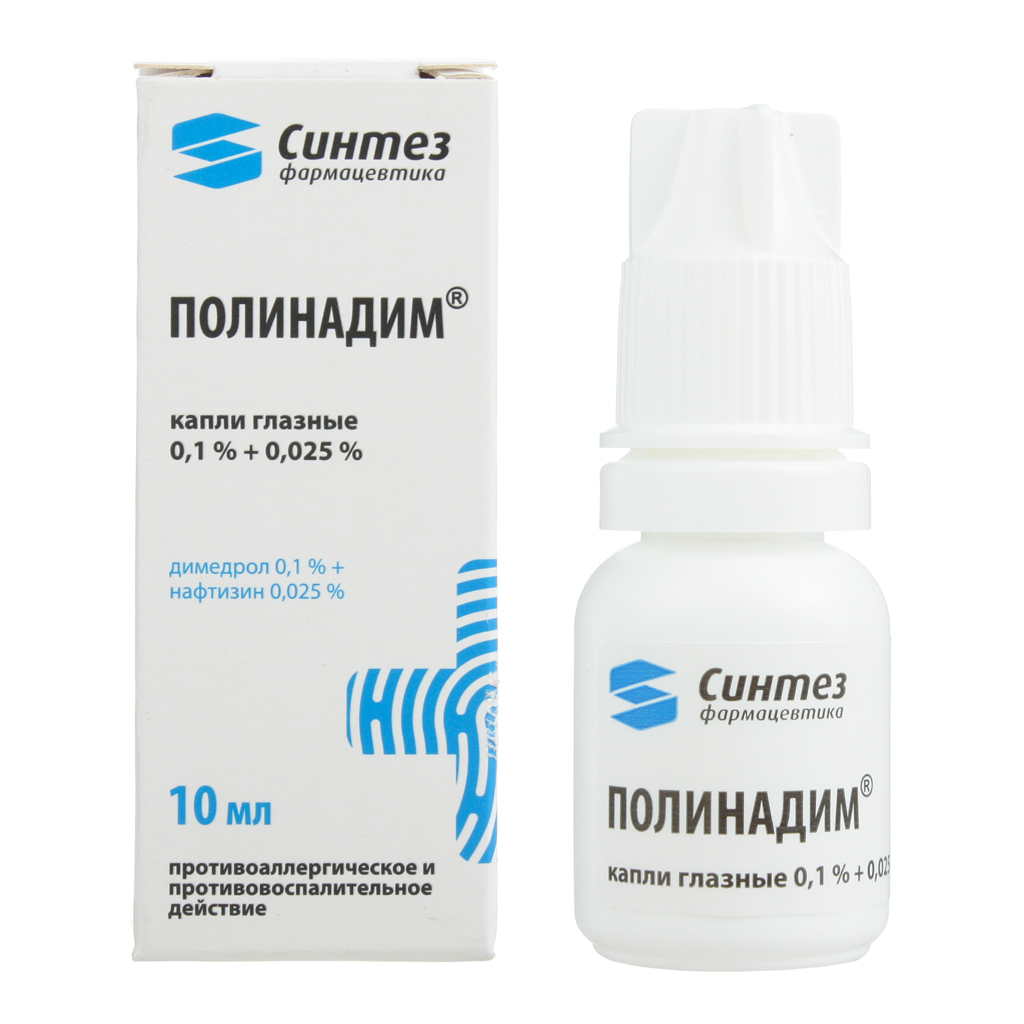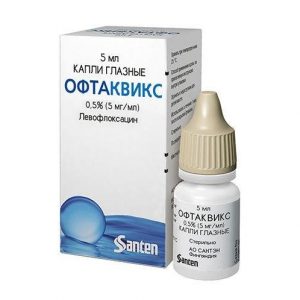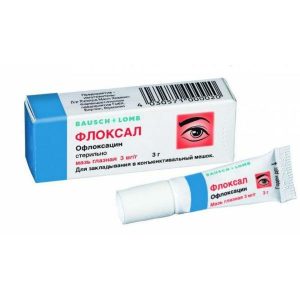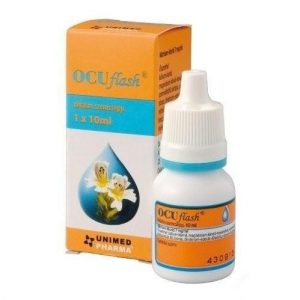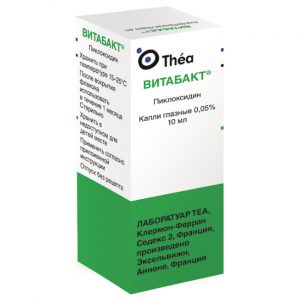Description
Latin name
Polynadim
Release form
Polynadim. Eye drops.
Packaging
In 1 plastic dropper bottle 10 ml drops. In a cardboard bundle 1 bottle.
Pharmacological action of
Polynadim is a combined preparation for topical use in ophthalmology.
Diphenhydramine – a blocker of histamine H 1 receptors, has an anti-allergic effect. Reduces swelling, itching, lacrimation.
Naphazoline – alpha-adrenergic agonist, causes prolonged narrowing of peripheral vessels. Thanks to the vasoconstrictor effect, when applied topically, it has a decongestant effect.
Indications
acute allergic conjunctivitis (including pollinosis conjunctivitis)
conjunctivitis with drug allergy
infectious eye diseases with an acute allergic component (as an additional tool).
Contraindications
conjunctival conjunctiva (dry keratoconjunctivitis, Sjögren s syndrome)
simultaneous use with MAO inhibitors and a period of 10 days after they are canceled
angle-closure glaucoma
pregnancy
lactation period
children under 2 years of age
hypersensitivity to the components of Polynadima.
With caution, the drug should be used for thyrotoxicosis, arterial hypertension, atherosclerosis, arrhythmia, chronic rhinitis, bronchial asthma, adrenal adenoma, in elderly patients, with benign prostatic hyperplasia with residual urine.
Use during pregnancy and lactation
Use of the drug during pregnancy and lactation (breastfeeding) is possible only if the intended benefit to the mother outweighs the possible risk to the fetus or baby.
Composition
1 ml drops contains:
Active ingredients: diphenhydramine 1 mg, naphazoline 250 μg
Excipients: boric acid (15 mg / ml), water-soluble methylcellulose (1.5 mg / ml), sodium tetraborate decahydrate (500 ml ), disodium edetate (600 μg / ml), water d / i (up to 1 ml).
Dosage and Administration
For adults with acute symptoms, the drug is prescribed 1 drop in the conjunctival sac every 3 hours to reduce swelling and eye irritation, then 1 drop 2-3 times a day until the clinical symptoms disappear.
Children over 2 years of age are prescribed 1-2 drops per day.
Duration of treatment – no more than 5 days. The doctor decides the need for a longer use of the drug individually.
If symptoms of conjunctival irritation persist for more than 72 hours, discontinue use of the drug.
Side effects
Local reactions: conjunctival irritation symptoms (burning in the eyes, conjunctival hyperemia, itching), as well as visual impairment, increased intraocular pressure, mydriasis, eye pain, dry nasal mucosa. These reactions disappear after discontinuation of the drug. A single case of corneal opacity is described (when applied for 7 days at least 10 times / day), which disappeared after discontinuation of treatment with the drug.
Systemic reactions: rarely (especially in children and elderly patients) – pallor of the skin, tachycardia, pain in the heart, increased blood pressure, increased sweating, trembling, headache, agitation, nausea, drowsiness, dizziness.
Drug Interaction
When used with tricyclic antidepressants, vasoconstrictor nafazolin may be enhanced.
The use of MAO inhibitors concomitantly with nafazolin or within 10 days of withdrawal may lead to hypertensive crisis.
Overdose
Overdose is unlikely when used topically.
Symptoms: children under 6 years of age with prolonged and frequent use may experience CNS depression, hypothermia, prolonged mydriasis, increased BP, tachycardia.
Treatment: carrying out symptomatic therapy.
Storage conditions
The drug should be stored in a dark place at a temperature of 15 ° to 25 ° C and do not freeze.
Expiration
2 years. After opening the vial, the Expiration of the drug is 1 month.
Dosage form
Dosage form
eye drops
Synthesis AKOMP, Russia
